St Kilda appears a club devoid of personality both on and off the playing field. Photo: GETTY IMAGES
St Kilda has been many things in the last 40-odd years, but soulless is most certainly not one of them.
And yet how else can one describe this drab red, black and white incarnation.
While the Saints’ JLT Series form suggests an uptick on their 2018 annus horribilis, this is a football club largely devoid of the one commodity it has always traded on. Personality.
Shorn of Nick Riewoldt and the last of Ross Lyon’s celebrated “nearly men”, the playing group is glaringly light on star power and character.
Jarryn Geary’s continued tenure as captain screams leadership placeholder, while lightning rod recruit Dan Hannebery has instantly become the Saints’ most recognisable player.
It’s more of the same on the other side of the glass.
A team crying out for a Luke Beveridge-type cult of personality, the Saints instead have the earnest yet wholly uninspiring Alan Richardson at the helm. The former Collingwood player must rue the fact he isn’t plying his trade in the 1980s, when no one battered an eyelid at an old school Xs and Os coach.
Of course, this would all matter less if the club’s administration wasn’t lacking the high profile figurehead – think Jim Stynes during the Demons’ post-Neale Daniher rock bottom – a struggling club so desperately needs.
Rubbing salt into the wound is the fact that the Saints begrudgingly play their football in a sterile Marvel Stadium, and have only recently returned to their spiritual Moorabbin base following a morale-sapping stint in Seaford.
It’s when viewed through this colourless lens that the club’s black-and-white reality is most stark.
For while St Kilda’s post-Lyon reboot has hit a snag, the Saints’ current struggles pale in comparison to the club’s cellar dwelling days of the late 1970s and 1980s.
And yet, unlike the club’s present day doldrums, there was an undeniable romanticism about that period which somehow softened the blow of losing.
Trevor Barker, “Plugger” (and his crutch), muddy Moorabbin and the famed “Saints Disco” all formed part of a cultural identity that fans could cling to amidst the troubles.
An enduring part of that identity was the notion of St Kilda the party club. This was a snug fit with the hedonistic reputation of St Kilda’s suburban namesake and key to the loveable rogue perception of the Saints among the wider football public.
Yet the dark side of St Kilda’s off-field shenanigans has been the litany of scandals – the Stephen Milne indecent assault and ‘St Kilda schoolgirl’ sagas to name a couple – that have long plagued the club.
These skeletons were largely hidden in a St Kilda tapestry enriched by those agonising premiership near misses and generational icons like Robert Harvey, Lenny Hayes and Riewoldt, as the club transitioned from endearing loser to adored heartbreaker.
But now the party is over, the music turned off when Lyon headed west and mediocrity set in.
There is no longer any cultural hiding spots, not for Jake Carlisle’s white powder video which surfaced in 2015, nor for Hannebery’s bad boy reputation now. The last vestiges of the Saints’ rock star status have been replaced with a perceived grubbiness.
Ironic, then, that the club has looked to the crisis-ridden NRL, in the form of (the admittedly upstanding) Billy Slater, to work on its culture.
To focus on St Kilda’s identity crisis is not to ignore the other factors contributing to St Kilda’s modern-day funk, the fallout from Lyon’s scorched earth-style premiership tilt and the club’s dubious recruiting record chief among them.
But even in today’s corporatized AFL, a football club must have a soul. Particularly, one with a halo on its head that is seeking to break a 50 years-and-counting premiership drought.

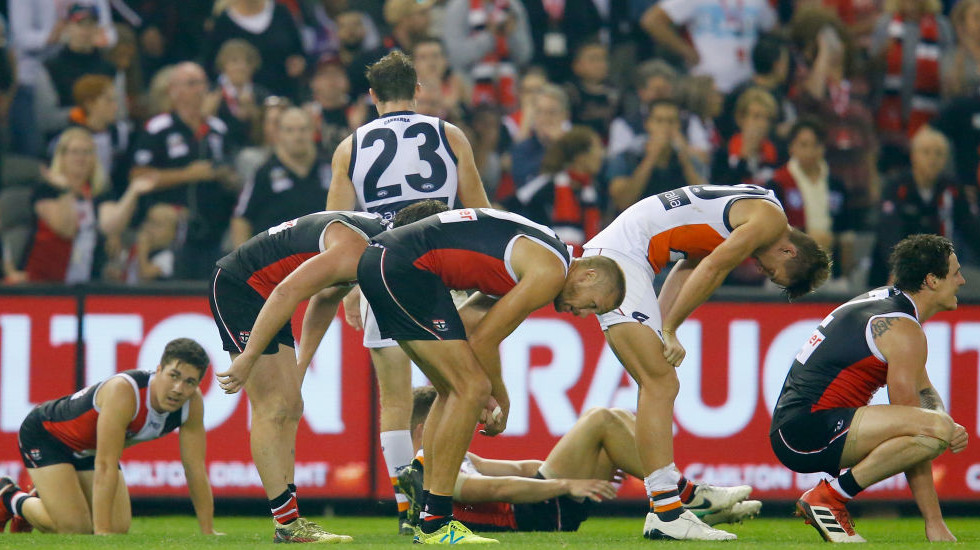
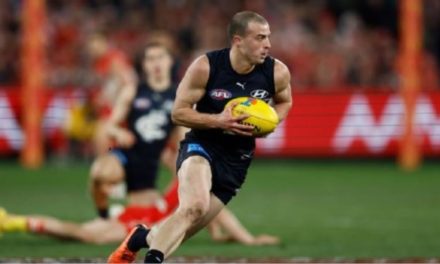
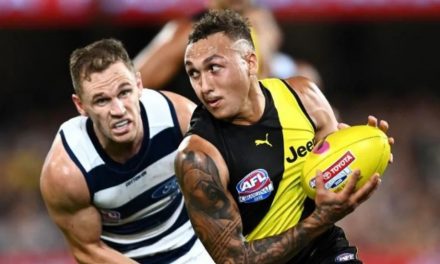
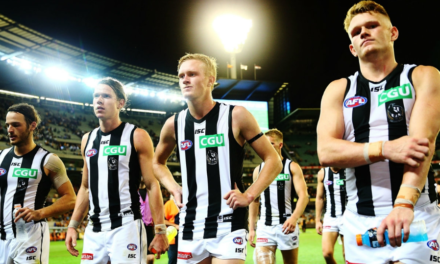
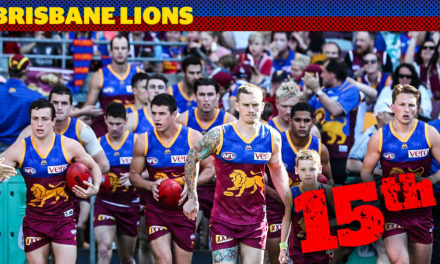






I’m not quite sure what the point of this article is. Although I agree Richo isn’t packed with personality, there are many bland coaches and administrators in the game, so why target St Kilda? The club has at least made an effort to be more inclusive with fans and members (as well as minority groups) over the last few years.
Yes the move away from their spiritual home was a mistake, however this has now been rectified and is a terrific facility for both players and fans. Some of our young players (Gresham, Long, Parker, King) certainly have the ability or potential to be cult / x-factor players – so the club has addressed this as well. I don’t know why people describe Docklands as sterile, clubs have made a good effort over the last few years to give more a ‘home ground’ feel as opposed to a neutral venue.
It always amuses me when members of the media observe that players are too straightlaced or don’t show enough personality or only provide cliches when interviewed – or in this instance, that they don’t have any ‘soul’. The media are the first to take any semblance of anything ‘controversial’ and hang the player out to dry because of it (excluding the founder of this website, who is always well balanced).
Spot on James. Watching footy on Sunday afternoons under the roof at Docklands is a pretty soulless experience.